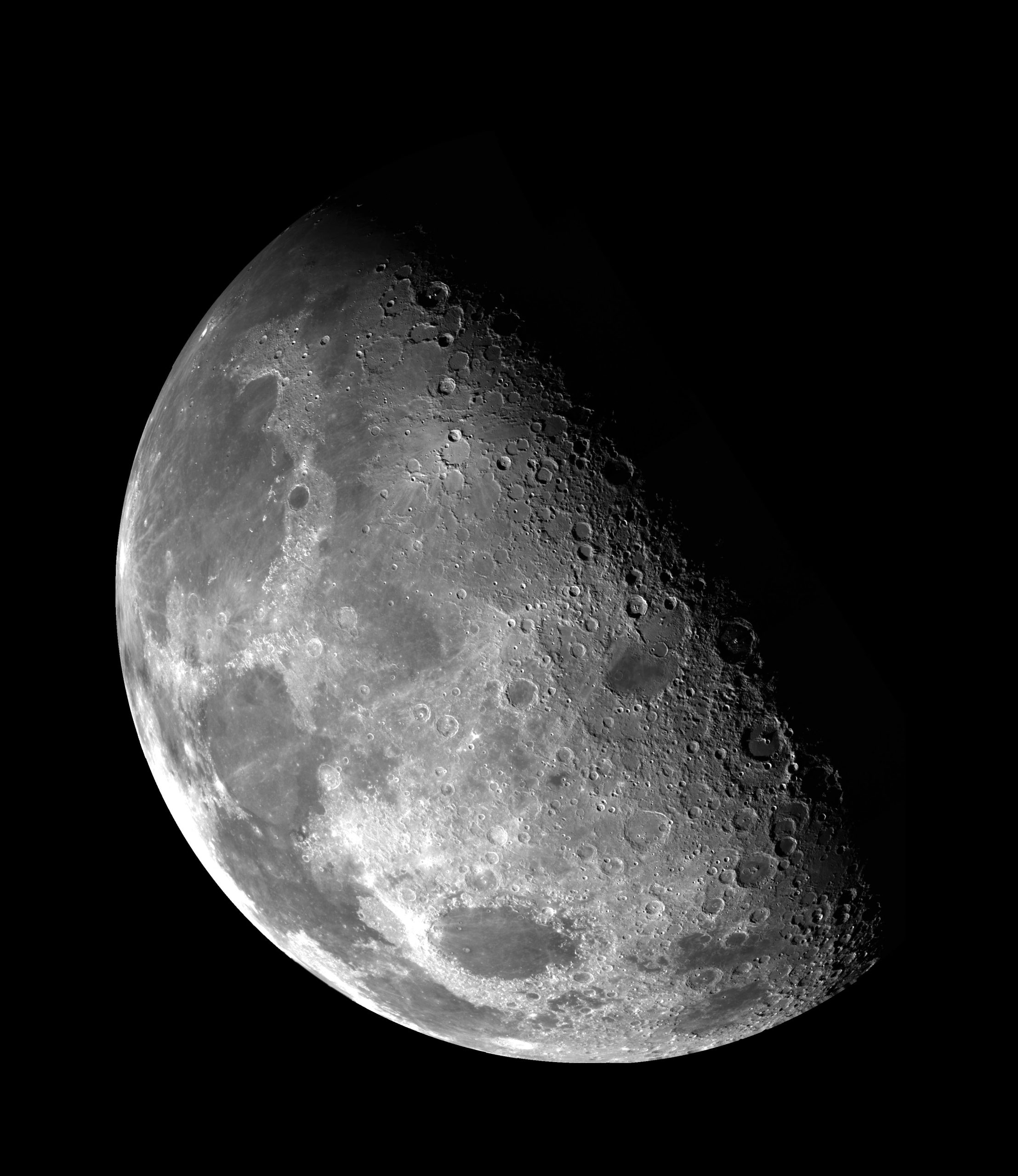The Symbolism of the Tree of Life in Judaism
Throughout the centuries, trees have held a special place in religious and spiritual traditions. In Judaism, the Tree of Life is a powerful symbol that represents various aspects of the faith. This sacred symbol is deeply rooted in Jewish mysticism, biblical stories, and the interconnectedness of all living beings. In this blog post, we will explore the rich symbolism of the Tree of Life in Judaism and delve into its significance in Jewish culture and spirituality.
The Tree of Life in Jewish Mysticism
Jewish mysticism, also known as Kabbalah, places great importance on the Tree of Life. It is one of the central concepts used to depict the structure of the universe and the various realms within it. According to Kabbalistic teachings, the Tree of Life is a map of creation, a spiritual diagram that illustrates God’s divine energy and the process by which the world was formed.
The Tree of Life is represented as a diagram comprising ten interconnected spheres, or sefirot, each representing a different aspect of the divine attributes and the universe. These sefirot are believed to be channels through which God’s energy flows, connecting the spiritual and material realms.
| Sefirot | Attributes |
|---|---|
| Keter | Crown |
| Chochmah | Wisdom |
| Binah | Understanding |
| Chesed | Kindness |
| Gevurah | Severity |
| Tiferet | Beauty |
| Netzach | Eternity |
| Hod | Glory |
| Yesod | Foundation |
| Malkhut | Kingdom |
Within the Tree of Life diagram, each sefirah has its own significance and represents a different aspect of God’s essence. For example, Keter, which translates to “Crown,” represents God’s supreme will and the divine spark from which everything emanates. Binah represents understanding and insight, while Chesed embodies kindness and compassion. Each sefirah has its own unique energy and symbolism, all of which contribute to understanding the divine structure of the universe.
The Tree of Life in Biblical Stories
Beyond its place in Jewish mysticism, the Tree of Life holds significance in various biblical stories, further amplifying its importance in Judaism. In the Book of Genesis, the first book of the Hebrew Bible, the Tree of Life is mentioned in the Garden of Eden.
According to the biblical narrative, God planted the Tree of Life in the center of the garden alongside the Tree of Knowledge of Good and Evil. These two trees symbolized the choice given to Adam and Eve: to either obey God’s commandment and live eternally in paradise or eat from the tree forbidden by God and face mortality.
Genesis 2:9 (KJV) describes the presence of the Tree of Life in the Garden of Eden:
“And out of the ground made the LORD God to grow every tree that is pleasant to the sight, and good for food; the tree of life also in the midst of the garden, and the tree of knowledge of good and evil.”
However, after Adam and Eve ate from the Tree of Knowledge of Good and Evil, they were banished from the garden, denying them access to the Tree of Life. This story highlights the consequences of human disobedience and the deep symbolic connection between the Tree of Life and eternal spiritual existence.
Symbolism and Meaning
The Tree of Life is a powerful symbol in Judaism representing numerous aspects of the faith. Its branches and roots intertwine, illustrating the interconnectedness and unity of all living beings within the divine creation.
Some of the key symbolic meanings associated with the Tree of Life in Judaism include:
- The Circle of Life: The tree’s cyclical nature symbolizes the continuous cycle of life, death, and rebirth. It represents the eternal nature of the soul, immortality, and the belief in the afterlife.
- Divine Wisdom: The Tree of Life serves as a representation of divine wisdom, divine revelation, and the knowledge of God. Its branches reaching up to the heavens symbolize the constant striving for spiritual growth and enlightenment.
- Nourishment and Sustenance: Just like real trees provide sustenance through their fruits, the Tree of Life symbolizes the nourishment of the soul and the divine sustenance that God provides to his people.
- Connection to the Earth: The roots of the Tree of Life extend deep into the earth, signifying the connection to the physical world and the material realm. It emphasizes the importance of grounding oneself in earthly existence while seeking spiritual enlightenment.
- Harmony and Balance: The Tree of Life represents the harmony and balance between various aspects of life, such as the masculine and feminine energies, kindness and severity, and other dualities present in the divine realm and the human experience.
Beyond these symbolic meanings, the Tree of Life carries personal significance for individuals within the Jewish faith. It can serve as a personal reminder of one’s connection to God, a representation of strength and stability, and a symbol of hope and resilience.
Conclusion
The Tree of Life holds a deep and profound symbolism in Judaism, representing various aspects of the faith, including Kabbalistic teachings, biblical stories, and the interconnectedness of all living beings. It serves as a map of creation, illustrating the divine structure of the universe and the paths by which God’s energy flows.
The Tree of Life is a symbol of continuous growth, wisdom, and nourishment for the soul. Its roots anchor it firmly to the earth, while its branches reach up towards the heavens, symbolizing the delicate balance between the material and spiritual realms.
As a symbol, the Tree of Life carries with it personal meanings and interpretations for individuals within the Jewish faith, offering a reminder of their connection to God and the eternal nature of the soul.
By understanding the rich symbolism and significance of the Tree of Life, individuals can deepen their spiritual understanding and connect with the profound wisdom embedded within this sacred symbol.
References:
- https://www.myjewishlearning.com/article/tree-of-life/
- https://www.chabad.org/library/article_cdo/aid/3617798/jewish/The-Tree-of-Life.html
- https://www.jpost.com/culture/bring-the-tree-of-life-into-your-home-658560
Table of Contents
